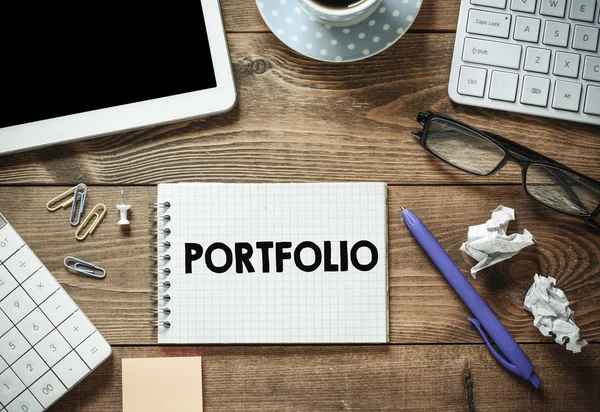All You Need To Know About Building a Sustainable Portfolio

7 ways to build a Sustainable Portfolio
A sustainable portfolio is a tool for driving sustainability performance by setting goals, tracking progress, and benchmarking against peers. It can help organizations identify opportunities for improvement and track their progress over time. Building a sustainable portfolio is not a one-time project—it is an ongoing process that should be revisited regularly.
- What does sustainability mean to your organization?
These portfolios can be used by businesses, governments, and other organizations to track progress, set goals, and compare performance against peers. As an example, the United Nations has described sustainability as “current needs are addressed without impacting future generations’ ability to do the same.” This definition can be used as a starting point for organizations looking to build their portfolios.
- Determine what sustainability indicators you will track
There are many different sustainability indicators, but all portfolios should include information on an organization’s environmental, social, and economic performance. Environmental indicators might include greenhouse gas emissions, energy consumption, water use, and waste generation. Social indicators might include employee engagement, customer satisfaction, and community investment. Economic indicators might include profitability, revenue growth, and cost savings.
- Set sustainability goals
Setting up sustainability goals is also one of the most important aspects of building a sustainable portfolio. Organizations should set goals that are specific, measurable, achievable, relevant, and time-bound (SMART). For example, a goal might be to reduce greenhouse gas emissions by 10 percent over the next five years. Knowing what sustainable goals to set will help organizations track their progress and identify opportunities for improvement.
- Collect data on sustainability indicators
Organizations should track sustainability portfolio data over time to benchmark their performance and identify trends. Data can be collected internally or externally. For example, an organization might track its energy consumption data internally and its greenhouse gas emissions data externally. This is done by using sustainability software or by working with a sustainability consultant.
- Analyze data and identify trends
Once data has been collected, it should be analyzed to identify trends. Trends are important because they can help organizations identify areas where they are making progress and those where they need to improve. For example, if an organization notices that its water consumption has increased over the past year, it might want to investigate the reasons for this increase and take steps to reduce water use.
- Communicate sustainability performance
Performance collection and analysis are important, but they are only useful if the results are communicated to stakeholders. These portfolios can be used to communicate an organization’s sustainability performance to investors, employees, customers, suppliers, the general public, and other stakeholders. Portfolios can be published online or in print, and they can be used to support sustainability reporting.
- Update the sustainability portfolio regularly
Organizations should assess their sustainability performance regularly and update their portfolios accordingly. This helps ensure that the portfolio is up-to-date and relevant, and it allows organizations to track their progress over time.
Conclusion
Above are the key points you need to know about building a sustainable portfolio. By following these steps, you can create a portfolio that will help your organization track its progress and identify opportunities for improvement.
